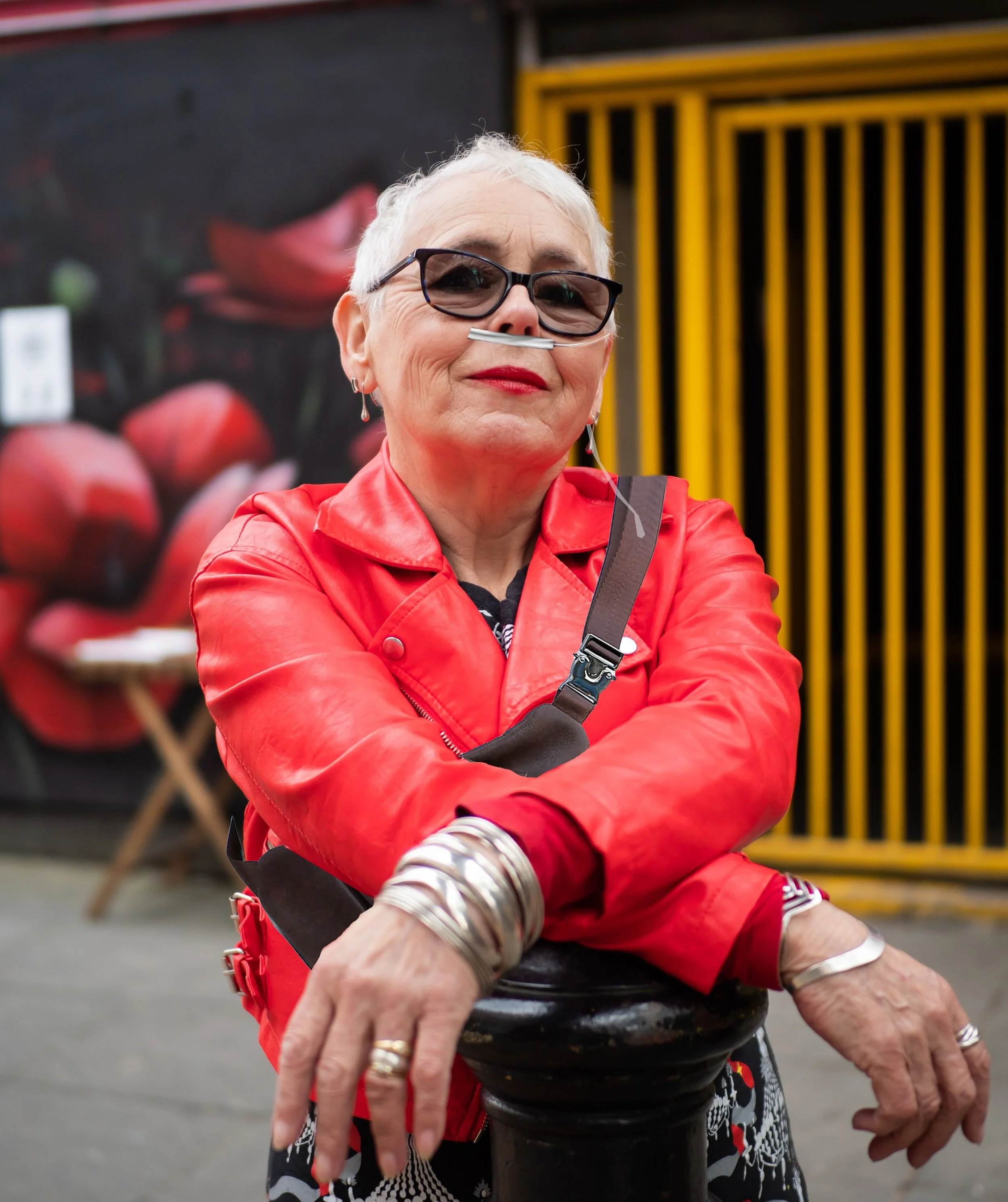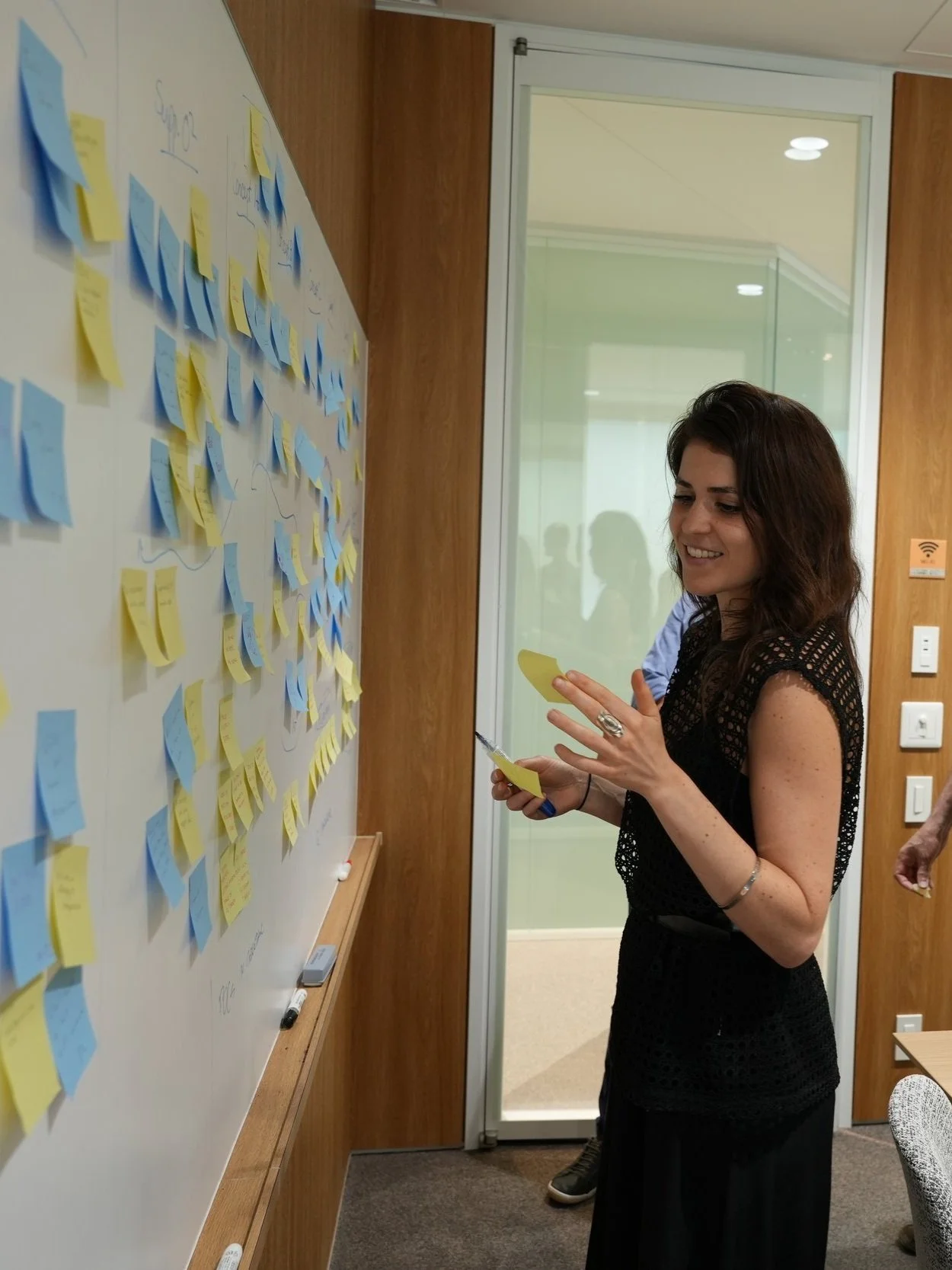Medical
device
Venture DesignWe transformed an initial concept for the future of better breathing into a high fidelity hardware prototype for a venture that empowers people with chronic respiratory disease to take back control of their health. We successfully pitched the venture and gained approval for over $5M in follow-on funding.
ROLE
Design Research Lead
PARTNER
ADG
Overview
People living with COPD (Chronic Obstructive Pulmonary Disease) often describe their experience with portable oxygen as stigmatizing, awkward, and anxiety-inducing. Our goal was to design a novel, discreet, and smart respiratory system that not only improves health outcomes but restores dignity, confidence, and freedom.
Alongside a team of designers, business analysts, a venture lead, and engineers, we created looks-like/feels-like prototypes, US & Japan-specific user personas, and full journey maps that shaped product specs, feature sets, and go-to-market planning.
A statistically significant survey showed that 80% of end users found our product appealing, and our insights and product design supported a final pitch that secured unanimous approval of over $5M of funding to bring the venture to life.
Design Research
As the Design Research lead I:
Designed and directed all research activities, including literature reviews, international fieldwork, qualitative interviews, expert sessions, and surveys in both the U.S. and Japan.
Led interviews with 57 end users, 32 healthcare providers, and 6 market experts across two continents.
Oversaw multiple quantitative surveys with over 570 respondents to validate product concepts.
Delivered rich synthesis outputs including personas, journey maps, and design strategy recommendations that guided both product and venture direction.
Facilitated cross-functional workshops that aligned designers, engineers, and program leads around the human experience and its connection to business goals.
Discovery
During the discovery phase, we tested a venture concept proposed as a medical and wellness device that could appeal to both people with respiratory illness, and people who prioritize access to better air and the health benefits of supplemental oxygen. I designed a research plan and led in-depth interviews with the patient category we were targeting, and with several potential secondary markets that we needed to determine if worth pursuing.
Desirability was strong among the medical users. However, the findings led to the recommendation to only pursue the medical market for the time being, because the opportunity for wellness users was not large enough to be a business advantage.
Concept Testing
Several rounds of interviews and quantitative surveys with end users in the medical market, alongside iterative product design, further validated our product’s desirability and uncovered insights that shaped various product features and form factor. In addition to the US-based research, I planned and supervised field research activities in Japan, which was another market we were considering to launch the venture. Because of a strict regulatory environment and a tendency for Japanese medical professionals and patients to adhere to the status quo, we ultimately narrowed down our focus to the US.
Research outputs
Once research was synthesized, I created a final insights report to summarize key findings, two user personas for the US market and two for Japan, and a journey map for each geographic market to highlight pitfalls of the current patient journey and emphasize opportunities for improvement.
Workshopping
Workshops formed a key part of both the research and venture design processes. I facilitated several virtual and in-person workshops to synthesize research data, catalyze team collaboration, and translate insights into actionable product solutions that won over end users, medical experts and stakeholders alike.
Product Development
We used a fast-paced, iterative approach to product development, starting with assets including 2D visual mockups of the hardware device and UI for its digital companion app, moving on to low-fidelity prototypes in collaboration with a Japanese industrial design team, and wrapping up with several iterations of a looks-like feels-like prototype in collaboration with a North American design and engineering firm specializing in health tech and wearables.
I worked hand-in-hand with the designers to ensure each product iteration was carefully guided by the research insights and data-driven design recommendations that emerged throughout the project duration.
Impact
The team’s end result was a looks-like feels-like product prototype and a final pitch presentation to stakeholders that won the approval of additional funding to bring the venture to market. The product was perceived by people living with respiratory illness and medical professionals as an intervention that would significantly improve the end users’ quality of life, improve the workflow of their healthcare providers, and lead to overall better health outcomes.
More Work
Columbia Center on Global Energy Policy
Asian Legacy Library
Young Tech Leaders of the Middle East
Pharmacy Workflow Redesign






